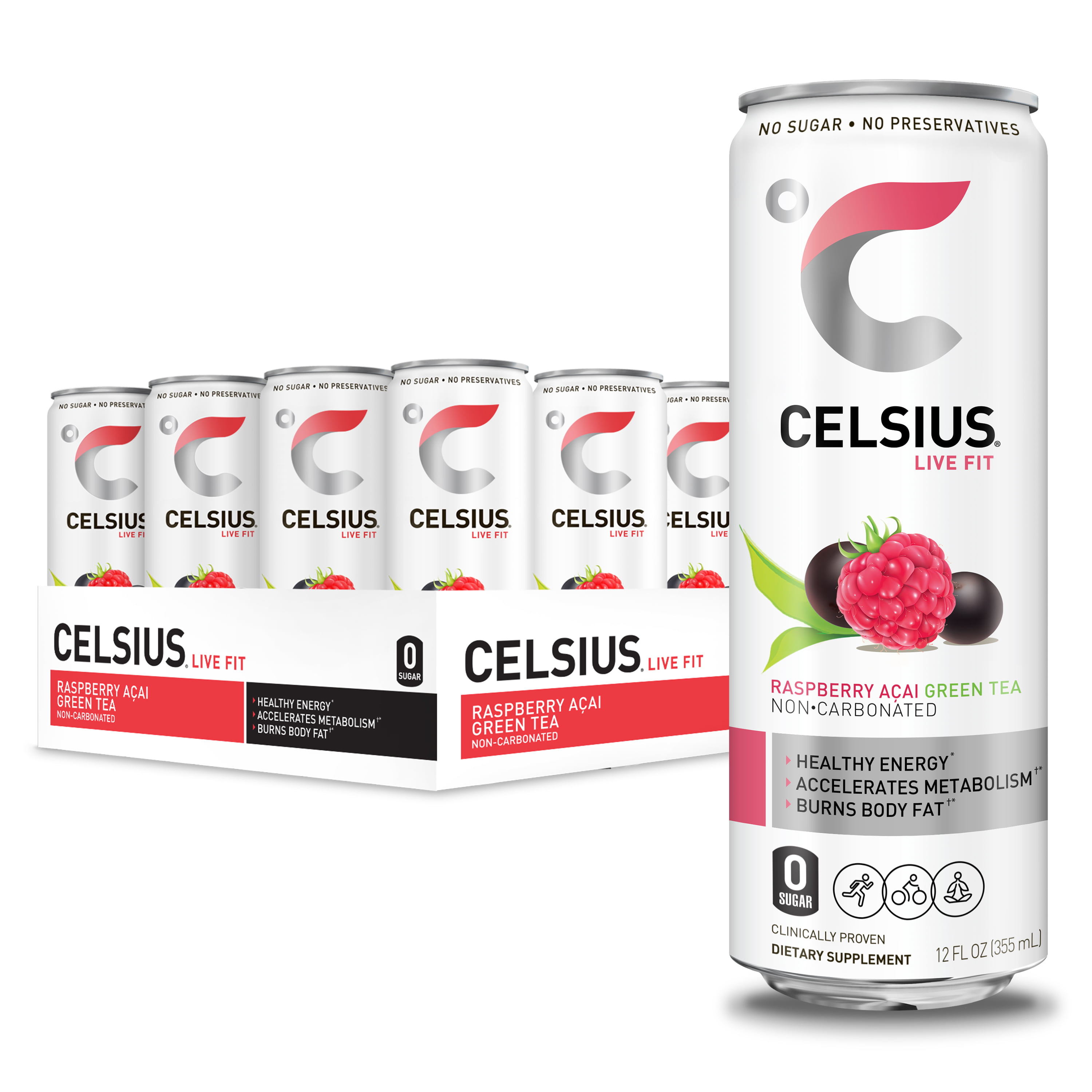

The category-busting drink benefited early on from free media coverage on newscasts and on NBC’s “Today Show,” according to media reports.īut the early momentum fizzled by 2011 after the company burned through $19 million in investment money and lost a big distribution deal with Costco, according to a 2016 profile in the Sun-Sentinel. A key moment came about three years later when it drew a major investment from South Florida entrepreneur Carl DeSantis, who is known for selling his vitamin firm Rexall Sundown for $1.8 billion in 2000. The drink was positioned as a first-of-its-kind “calorie-burning beverage” designed to increase metabolism. “We are always going to be outspent-how do we out-maneuver and out-execute? It’s the only way we are going to win going against two of the largest CPG brands in the world, Red Bull and Monster, in an extremely competitive category.”īelow, more on where Celsius came from, where it’s headed-and some secrets to its marketing success that all brands can learn from: How it startedĬelsius was founded in 2004 in Delray Beach, Florida and run by husband-and-wife team Steve and Janice Haley. energy drink category, it is making marketing and distribution moves that are turning heads-including winning big on Amazon.Ĭelsius is “constantly trying to push the envelope,” said CEO John Fieldly.

While Celsius still only has less than a 2% share in the $16 billion U.S. It uses a gender-neutral marketing approach targeting health-conscious consumers that stands apart in the often ego-driven, extreme-sports-laden sector that has historically marketed to men. The Boca Raton, Florida-based brand has broken through with drinks it markets as clinically proven to accelerate metabolism and burn calories and fat. retail dollar market share in 2021, with no other brand reaching double-digit share, according to Beverage Digest.īut there is one challenger brand rocketing up the sales chart: Celsius, which grew dollar sales by 188% last year. energy drinks, there are two heavyweights and everyone else: Monster and Red Bull controlled some 60% U.S. This is the first installment of “Brands on the rise,” a regular Ad Age feature spotlighting the marketing and business tactics of successful challenger brands.


 0 kommentar(er)
0 kommentar(er)
